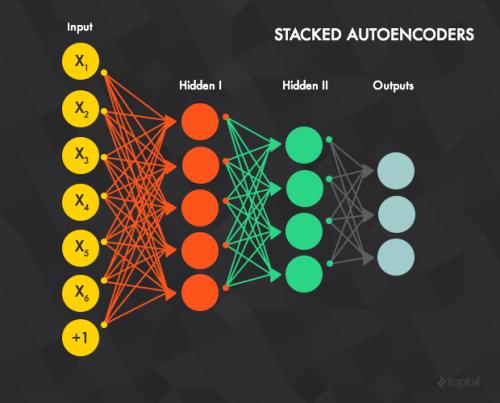We present a method for fitting monotone curves using cubic B-splines, which is equivalent to putting a monotonicity constraint on the coefficients. We explore different ways of enforcing this constraint and analyze their theoretical and empirical properties. We propose two algorithms for solving the spline fitting problem: one that uses standard optimization techniques and one that trains a Multi-Layer Perceptrons (MLP) generator to approximate the solutions under various settings and perturbations. The generator approach can speed up the fitting process when we need to solve the problem repeatedly, such as when constructing confidence bands using bootstrap. We evaluate our method against several existing methods, some of which do not use the monotonicity constraint, on some monotone curves with varying noise levels. We demonstrate that our method outperforms the other methods, especially in high-noise scenarios. We also apply our method to analyze the polarization-hole phenomenon during star formation in astrophysics. The source code is accessible at \texttt{\url{https://github.com/szcf-weiya/MonotoneSplines.jl}}.
翻译:暂无翻译




